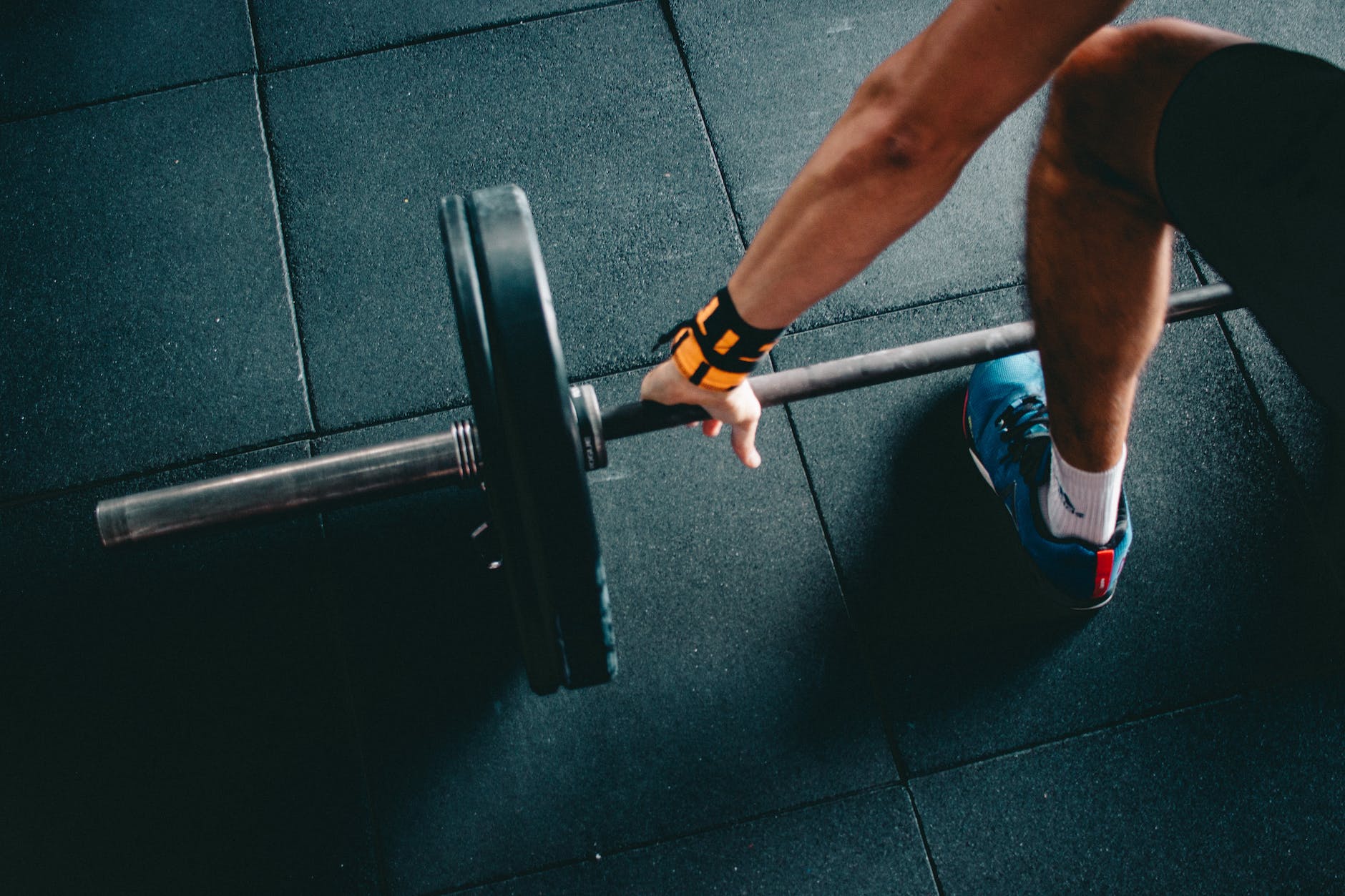
Tips for Maximizing Muscle Gains
In our fast-paced world, we often expect instant rewards for our efforts. However, when it comes to strength training, your patience might be tested as results may come slowly despite months of dedication. While gaining body fat is often relatively easy, shedding those extra pounds and building muscle mass is a challenging process.
Muscle mass is the measure of muscle weight in our bodies, which is composed of thousands of fibers organized into bundles. The specific arrangement of these fiber bundles determines the type of muscle in our body, whether it’s skeletal, smooth, or cardiac. Skeletal muscles, in particular, enable us to perform voluntary actions like moving, lifting weights, and maintaining good posture.
What Can I Do to Gain Muscle Mass?
Our bodies utilize three primary sources of energy from our diet: Carbohydrates, fats, and proteins. Athletes who need to increase their muscle mass for performance in strenuous sports often adopt a combination of low-carbohydrate and protein-rich diets. This approach allows their bodies to utilize excess fat during training and avoid losing muscle mass by supplementing it with dietary proteins. One of the initial steps to take in gaining muscle mass is to boost your intake of protein-rich meals.
Our bodies require essential building blocks such as amino acids and peptides to obtain high-quality proteins from our daily diet. A diet rich in protein can provide valuable compounds for muscle development, which can be further enhanced with bulking agents that specifically target muscles. High-quality peptides and SARMs have shown promising experimental results in increasing muscle mass.
Here are five more ways to maximize your muscle gains:
High-Intensity Interval Training (HIIT)
Thanks to solid research backing its advantages, high-intensity interval training (HIIT) has gained a lot of attention in the fitness world. HIIT helps push your muscles to their limits during intense exercise sessions.
HIIT, combined with full-body workouts, causes the body to increase its metabolic rate, resulting in increased calorie burn and fat loss. Regular HIIT sessions cause an increase in muscle mass and strength as your body adapts to the extra energy requirements of intense training.
Compound Exercises
Exercises are typically divided into two main categories: Strength training and resistance training. Resistance training involves working your muscles against an opposing force, which can be dumbbells, kettlebells, or even your own body weight in exercises like planks.
Strength training, on the other hand, engages multiple muscle groups by increasing the weights you lift against gravity. Exercises that blend elements of both are known as compound exercises. Their objective is the same: To help build muscle mass.
Here are some examples of compound exercises:
- Squats: Squats are among the simplest exercises to perform, requiring no special equipment. They are excellent for developing lower body muscles such as the glutes, hamstrings, and quadriceps.
- Pull-ups: Pull-ups work the muscles in your back, arms, and shoulders, making them great for building upper body strength.
- Bench press: A classic upper body exercise, the bench press employs weights as the resistance. It targets the chest, triceps, and shoulders. To increase muscle strength, it’s advisable to perform bench presses with heavier weights and fewer repetitions.
- Overhead press: The overhead press engages the shoulder muscles to lift weights above your head, effectively strengthening the shoulders and upper back.
- Deadlifts: Deadlifts not only work your core but also target the glutes, hamstrings, and shoulders. It’s crucial to execute deadlifts with proper posture and technique to avoid straining your spine.
- Resistance bands: Resistance bands are versatile tools for enhancing the strength of smaller muscle groups in your arms and legs. They offer the added convenience of being easily used for home workouts.
Use a Variation of Weights
When aiming to build muscle mass through weight training, it’s essential to employ a range of weights. Start with lighter weights to focus on working a specific muscle group without exhausting the rest of the body. These lighter loads stimulate blood flow and promote muscle growth.
Remember, it is equally important to integrate heavier weights into your muscle-building routine, as they optimize muscle gains, enhance endurance, and increase overall strength. As your training progresses, gradually introduce additional weights to continually challenge your muscles and facilitate their growth over an extended period.
An effective training program should include both light and heavy weights to target various muscle groups.
Push Your Limits
Pushing your limits means performing an exercise to the point where the muscle has expended nearly all its energy and cannot perform another repetition.
When using weights, this approach challenges your muscles to their limits, promoting muscle growth and activating the motor units within the muscle, possibly leading to increased secretion of growth hormones. Training close to failure serves as a benchmark for how intensely you should train to stimulate muscle growth.
That said, it’s important to note that you need to practice caution when following this tip, as it could potentially lead to bone or muscle injuries.
Up Your Carbohydrate Intake During Workouts
While solid carbohydrates should be reduced to encourage fat loss and muscle gain, it may be helpful to consume 30-60 grams of carbohydrates before or after your workouts. This is because muscles need an instant dose of energy to increase their renewal and recovery. Consuming carbohydrates also increases your efficiency in workouts, allowing you to train for at least an hour without fatigue.
Conclusion
With many individuals facing health problems due to a sedentary lifestyle today, taking care of your health and fitness is more important than ever. If you want to build muscle, starting weight training at a younger age can speed up your progress.
Building muscle offers several benefits, such as less body fat, better blood sugar control, a faster metabolism, and healthier bones. But remember, when it comes to weight training, consistency is key. You have to put in time and effort for months to see any real results. Good luck!






